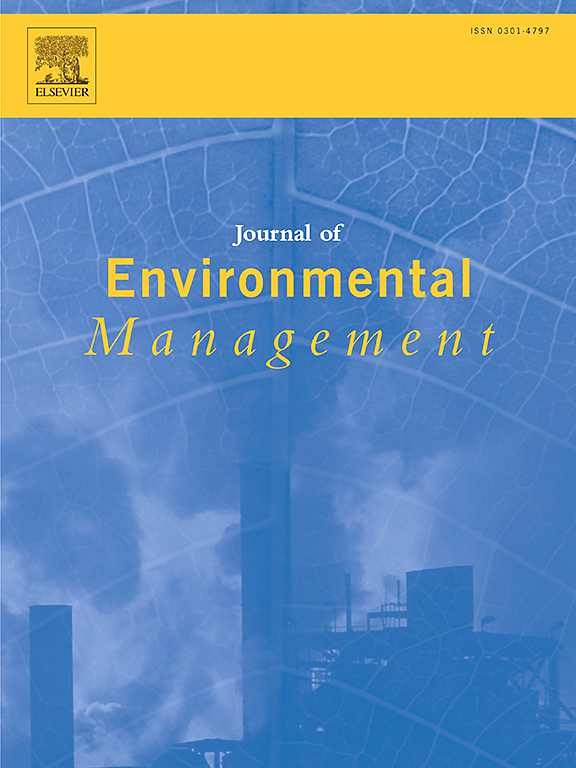Bridging the cultural gap: The impact of ethnic and gender homophily on environmental innovation
IF 8.4
2区 环境科学与生态学
Q1 ENVIRONMENTAL SCIENCES
引用次数: 0
Abstract
This study explores the influence of ethnic and gender homophily among top management members on environmental innovation in firms using homophily theory. As environmental investment is gaining importance amid growing stakeholder demands for sustainability, it is often viewed as a costly effort that leads to perceptions of greenwashing. This study fills this gap by examining how the collective cultural homophily of top leaders affects a firm's environmental innovation. Analyzing 976 firm-year observations from Malaysian firms between 2016 and 2023, we find that higher levels of ethnic and gender homophily in top management correlate with increased environmental innovation. Homophilic leaders are more likely to leverage environmental teams and sustainability committees to enhance corporate environmental practices. Our findings also reveal that the impact of homophily varies based on the ethnicity and gender of external auditors, and is particularly significant in controversial industries. This study contributes to the understanding of homophily by demonstrating its critical role in shaping environmental strategies of firms. By highlighting the importance of cultural alignment among top managers, our study offers valuable insights into enhancing sustainability practices in corporate settings, benefiting both scholars and practitioners who aim to improve environmental performance.
弥合文化鸿沟:种族和性别同一性对环境创新的影响
本研究运用同质性理论探讨企业高层管理人员种族同质性和性别同质性对环境创新的影响。随着利益相关者对可持续发展的要求越来越高,环境投资变得越来越重要,它往往被视为一项代价高昂的努力,导致人们认为这是在洗绿。本研究通过考察高层领导人的集体文化同质性如何影响公司的环境创新来填补这一空白。分析2016年至2023年马来西亚公司的976个公司年度观察结果,我们发现高层管理人员中较高的种族和性别同一性水平与环境创新的增加相关。同性恋领导者更有可能利用环境团队和可持续发展委员会来加强公司的环境实践。我们的研究结果还表明,同质性的影响因外部审计师的种族和性别而异,在有争议的行业中尤为显著。本研究通过展示同质性在塑造企业环境战略中的关键作用,有助于理解同质性。通过强调高层管理人员文化一致性的重要性,我们的研究为加强企业环境中的可持续发展实践提供了宝贵的见解,使旨在提高环境绩效的学者和从业者受益。
本文章由计算机程序翻译,如有差异,请以英文原文为准。
求助全文
约1分钟内获得全文
求助全文
来源期刊

Journal of Environmental Management
环境科学-环境科学
CiteScore
13.70
自引率
5.70%
发文量
2477
审稿时长
84 days
期刊介绍:
The Journal of Environmental Management is a journal for the publication of peer reviewed, original research for all aspects of management and the managed use of the environment, both natural and man-made.Critical review articles are also welcome; submission of these is strongly encouraged.
 求助内容:
求助内容: 应助结果提醒方式:
应助结果提醒方式:


